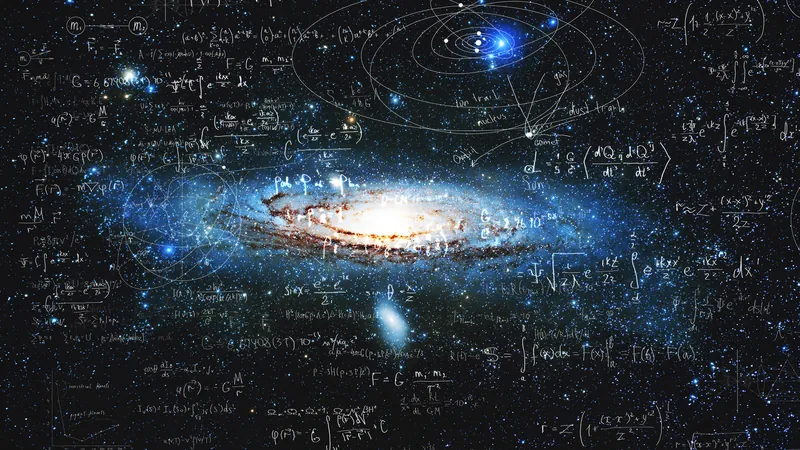
Revolutionary Breakthrough in Prime Number Theory Could Finally Unravel Their Mysteries!
2024-12-29
Author: Jia
Introduction
Prime numbers, often dubbed the "atoms of arithmetic," have intrigued mathematicians for centuries due to their peculiar properties. These enigmatic numbers can only be divided by themselves and one, appearing random at first glance, yet concealing intricate patterns that may link to profound aspects of mathematics. The quest to understand the distribution of prime numbers promises to unlock a treasure trove of connections across various fields in mathematics.
The Historical Context
The study of prime numbers dates back to Euclid, who established their infinite nature around 300 BCE, pioneering a rich legacy of mathematical inquiry. Over millennia, mathematicians have built on this foundation, investigating whether primes can be found under increasingly restrictive conditions. One captivating avenue of research has been exploring primes that avoid certain digits or take on special forms, such as sums of squares, to determine if they too extend infinitely.
Recent Breakthrough by Green and Sawhney
In a recent breakthrough, mathematicians Ben Green from the University of Oxford and Mehtaab Sawhney of Columbia University made significant strides in these enigmatic mysteries. They provided a proof demonstrating that there are indeed infinitely many primes of the form \( p^2 + 4q^2 \), where both \( p \) and \( q \) are prime numbers. This result is a monumental leap forward in the field, addressing a conjecture that had presented numerous challenges over the years.
Innovative Concepts
Central to their discovery was the innovative concept of "rough primes," allowing for a more flexible examination of prime characteristics. By easing certain constraints, Green and Sawhney were able to tackle the problem more effectively while maintaining the essence of their pursuit. They cleverly utilized the Gowers norm, a mathematical concept hailing from a seemingly unrelated domain, creating a bridge that connects rough primes to genuine primes.
Collaboration and Inspiration
This collaboration between Green and Sawhney underscores the importance of teamwork in contemporary mathematics. A recent graduate, Sawhney drew inspiration from Green's previous research, merging Green's extensive knowledge with Sawhney's fresh insights to formulate a solution that expands our understanding of prime number theory.
Implications of the Findings
The implications of their findings extend beyond theoretical mathematics; they could influence areas such as cryptography, computer science, and algorithm development, where prime numbers play a critical role. As we stand on the brink of potentially answering age-old questions regarding prime numbers, the mathematical community watches eagerly. This exciting development might just be the key to unlocking the hidden codes of the universe!

 Brasil (PT)
Brasil (PT)
 Canada (EN)
Canada (EN)
 Chile (ES)
Chile (ES)
 Česko (CS)
Česko (CS)
 대한민국 (KO)
대한민국 (KO)
 España (ES)
España (ES)
 France (FR)
France (FR)
 Hong Kong (EN)
Hong Kong (EN)
 Italia (IT)
Italia (IT)
 日本 (JA)
日本 (JA)
 Magyarország (HU)
Magyarország (HU)
 Norge (NO)
Norge (NO)
 Polska (PL)
Polska (PL)
 Schweiz (DE)
Schweiz (DE)
 Singapore (EN)
Singapore (EN)
 Sverige (SV)
Sverige (SV)
 Suomi (FI)
Suomi (FI)
 Türkiye (TR)
Türkiye (TR)
 الإمارات العربية المتحدة (AR)
الإمارات العربية المتحدة (AR)